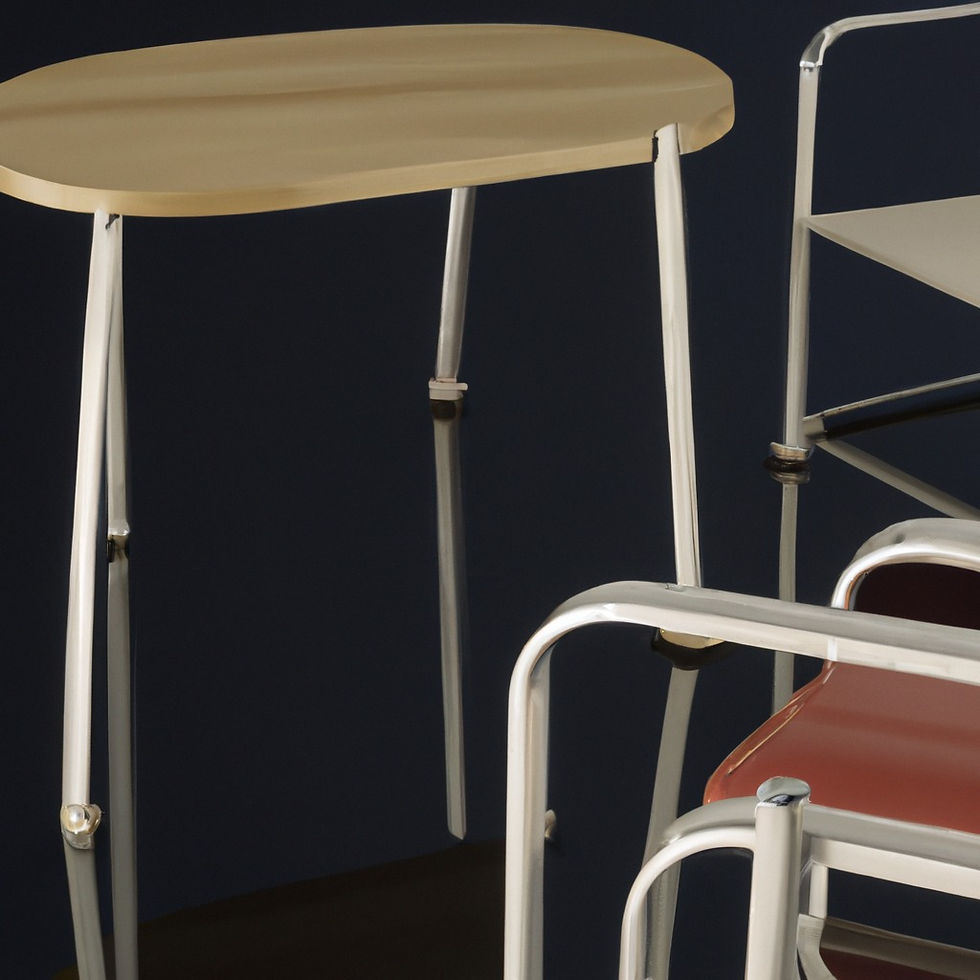"The Impact of Certified Wood in Sustainable Minimalist Designs"
- Tara Riya
- Dec 21, 2021
- 2 min read

Embark on a captivating exploration of sustainable design, where the warm embrace of certified wood meets the modern edge of minimalist aesthetics. Delve into the world of eco-friendly choices, bridging the gap between traditional warmth and contemporary elegance.
Section 1: Evolution of Material Choices in Interior Design: Embark on a historical journey, examining the evolution of material choices in 20th-century American interiors. Explore how different materials, including metals, have shaped architectural hardware, setting the stage for the harmonious integration of certified wood.
Section 2: Aluminum's Sustainable Legacy and Kaashni's Contribution: Delve into the sustainable legacy of aluminum and its transformative impact on contemporary design. Shine a spotlight on industry leaders like Kaashni, showcasing their commitment to pushing the boundaries of innovation and sustainability beyond conventional limits.
Section 3: Contributions to the Industry at Large: Illuminate how companies such as Kaashni contribute to the industry as a whole. Discuss their
collaborative efforts, research initiatives, and how they redefine architectural hardware standards, influencing the market with their commitment to sustainability.
Section 4: Practical Applications of Metal and Certified Wood: Shift focus to the practical applications of metals and the introduction of certified wood in interior design. Explore emerging trends and techniques that seamlessly integrate these materials to create unique, functional spaces.
Section 5: Showcasing Case Studies: Highlight case studies where architects and designers successfully marry metals and certified wood in residential and commercial projects. Showcase how these projects draw inspiration from sustainability principles, creating spaces that resonate with both aesthetics and eco-consciousness.
Section 6: Critical Analysis of Sustainable Material Applications: Offer a critical analysis of the sustainability aspect, emphasizing the importance of environmentally conscious choices in contemporary design. Explore how Kaashni's commitment aligns with broader industry trends, setting a standard for responsible and conscious design decisions.
Section 7: Certified Wood in Sustainable Minimalist Designs: Dive deep into the realm of certified wood and its role in sustainable minimalist designs. Discuss its unique qualities, benefits, and how it contributes to creating environmentally friendly, aesthetically pleasing spaces.
Section 8: Guiding Homeowners, Designers, and Architects: Discuss how homeowners, interior designers, and architects can make informed decisions to contribute positively to the environment. Provide guidance on integrating certified wood and metals in a way that aligns with sustainability principles and contemporary design trends.
Conclusion: Conclude by emphasizing the beauty that emerges from the marriage of certified wood and metals in sustainable minimalist designs. Encourage the audience to embrace these materials mindfully, guided by the principles of industry leaders like Kaashni, for a harmonious and sustainable future in interior design.
Comments